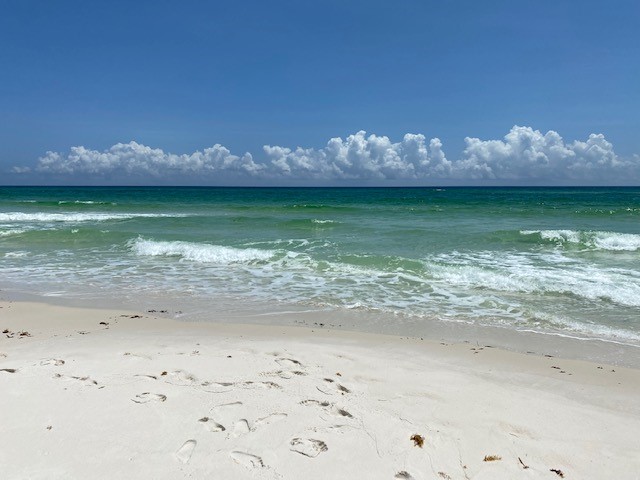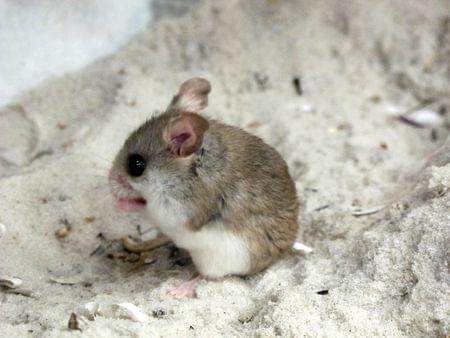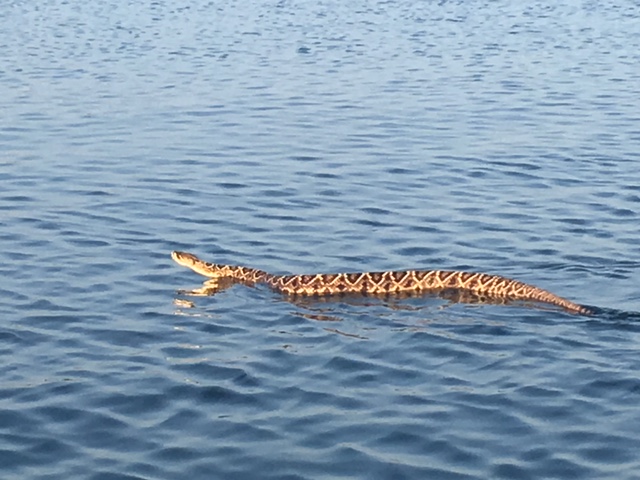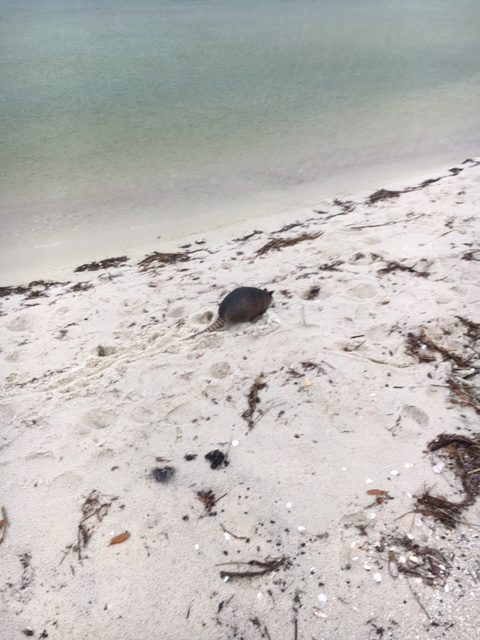The classic model of ecological succession begins with new land. This could be new land formed by a sand bar, or a new landscape formed after a volcanic eruption, but new land none the less. Then the pioneer community begins. Based on the model, the plants need to be first, herbivores cannot survive unless there are plants already present. When we teach students about maintaining aquaria, we actually begin with the bacteria community needed to breakdown the organic waste from the plants and animals when they arrive. So, some would say “begin there”. As the pioneer plant communities form, the pioneer herbivores arrive. This would be followed by more advanced communities of plants and then more advanced communities of animals, until you reach the climax community.

But science understands that it is more complicated than that. Each new member of the community would make chemical and physical changes to the environment that could allow new species to thrive while other existing ones die off. Then those would make changes as well and the process is ALWAYS changing. That there is never a true climax community, change is happening all of the time. Then there was the case of Mt. St. Helens.
St. Helens erupted in 1980 destroying 229 square miles of habitat. This new landscape gave ecologists an opportunity to witness ecological succession firsthand. Like everyone, they expected the pioneer plant community to arrive first, and so on. But in some areas, it was the carnivores that arrived first, completely against the classic model. These carnivores apparently survived the blast and began to wonder the new landscape. How did they survive? They survived by feeding on each other. But eventually the pioneer plants did arrive, all creatures “got in line” and the world was good once again. The interesting thing was it did not happen the way they thought it would. It also shows the resiliency of life.

So, how did this process unfold on our barrier islands? I do not know. You would guess that it unfolded the way the model suggests – pioneer plants first, pioneer animals, more complex plants, more complex animals, barrier island ecosystem. But as we have seen, there are several ways it could have started.
What we do know is that the animals who made it to the islands had to do so by either swimming, flying, or walking. For those who reached our islands on foot – beach mice, ants, etc. this must have happened at a time when the island was still connected to the mainland.

Photo: USFWS
For the swimmers, short swims like Indian Pass could be achieved by several species. Deer and other small mammals may have been able to do this. I have seen bears swim and assume coyotes could make short swims. As the island continued to move with the tide and currents, the distance to the island would have increased. The pass across the mouth of our estuaries, or across the intracoastal waterway, is now daunting for many of these swimmers – but not all. I have seen eastern diamondback rattlesnakes swim across the ICW and have heard bears can still make this trip. For the flyers, these distances do not seem to be an issue. They easily, and often, do so.

Photo: Sue Saffron
If you imagine the early days of an island being low elevated sand, the new wildlife arrivals would face a daunting landscape. Burrowers, such as ghost crabs, could easily make a living here. Their burrows protect them from the elements and being scavengers, they would feed on anything the Gulf washed ashore – something they still do. Sea turtles and shorebirds could easily use the sand bars for nesting, and probably preferred it due to the few predators around. But eventually, the pioneer plants would become more established, allowing selected herbivores (who could survive in low elevation sand) to move in. Next the dunes would form, providing new habitat (read part 2 of this series). Additional herbivores, if they could reach the island, could now become established and at some point, the carnivores would enter the picture.

There would initially be a finite amount of space for inhabitation and competition for that space and its resources would be high. Some would be more adapted to the environment than others, or physically stronger, or have a higher reproductive rate, to give them an edge over the others and the island wildlife community would begin. This community would include such things as insects, worms, amphibians, reptiles, birds and mammals. The marsh habitat would include aquatic species such as snails, clams, crabs, shrimp, and fish. All would have had to be able to reach the island, find a suitable habitat for their needs, find suitable food, and out compete others who had made the trip across as well. I was asked once as a college student – “who is a rhinoceros’s greatest competition?” It was an oral exam, and I was very nervous. My mind began reeling in all directions trying to think of what a rhino would have to compete for and WHO would be their greatest competitor. And then, with a little discussion from my professors, it dawned on me. Their greatest competitor would be another rhino. The other rhino would be seeking the same resources, habitat, and mates as the original one. Your first problem is with your own kind. And so, it would be for barrier island wildlife.

Photo: Rick O’Connor
With the arrival of humans, with their bridges and boats, additional creatures would be able to reach the islands and play a role in the competition, but that is another story, and we will discuss this more down the road. In Part 4 we will look at the species that have inhabited the beaches of our barrier islands.
 2
2
